Illuminated manuscripts at the Getty
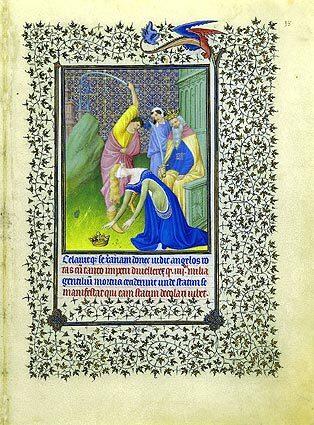
“Empress Faustina Is Beheaded,” an illuminated manuscript created by the Limbourg brothers in the early 15th century, will be on view at the Getty Museum in an exhibition called “The Belles Heures of the Duke of Berry.” The artistic miniatures that make up the “Heures” prayer book were commissioned by the French duke in the late-medieval era. All works shown are by the brothers, who worked in ink, tempera and gold leaf on vellum. The exhibition runs from Nov. 18 through Feb. 8. (Metropolitan Museum of Art / J. Paul Getty Museum)
Medieval illuminated manuscripts at the Getty Museum.
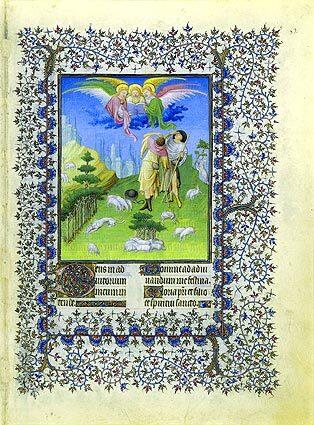
“The Annunciation to Shepherds,” by the Limbourg brothers, is one of the illuminated, late-medieval manuscripts that will be on view. The works are considered treasures of Northern European art. (Metropolitan Museum of Art / J. Paul Getty Museum)
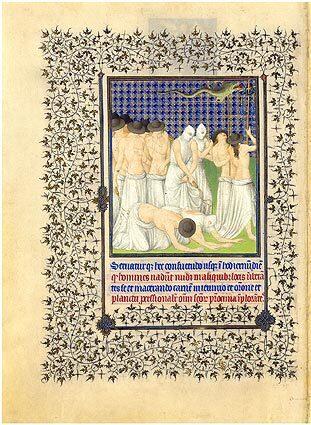
“Procession of the Flagellants.” The Limbourg brothers gave this sorrowful ritual of pain and lamentation a strange beauty. (Metropolitan Museum of Art / J. Paul Getty Museum)
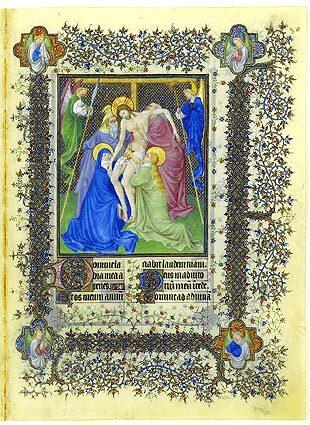
“Descent From the Cross” is a tender depiction of figures lowering the crucified Christ gently to the ground. (Metropolitan Museum of Art / J. Paul Getty Museum)
Advertisement
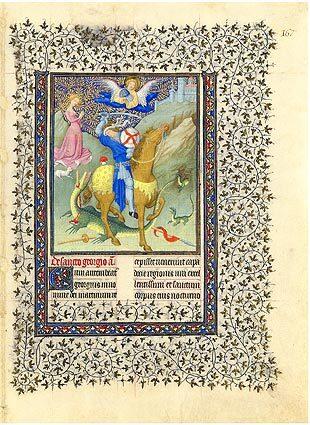
“Saint George and the Dragon” plays on a theme, popular at the time, of saints as protectors. St. George also embodies the chivalric ideals of the late-medieval era. (Metropolitan Museum of Art / J. Paul Getty Museum)
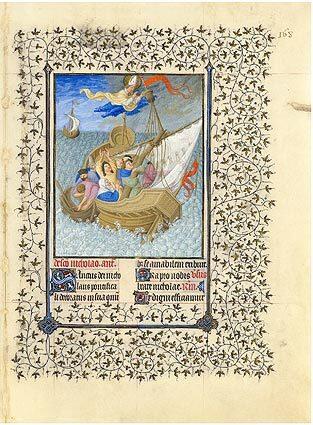
In “Saint Nicholas Saves Travelers at Sea,” the Limbourg brothers convey the forces of nature, particularly in the rolling motion of the sea. (Metropolitan Museum of Art / J. Paul Getty Museum)
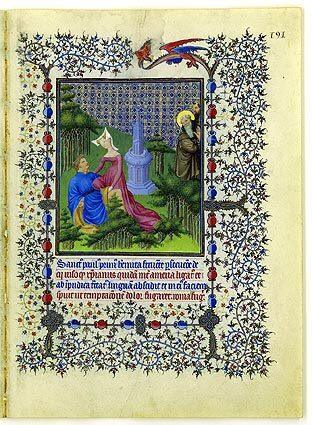
“Saint Paul the Hermit Sees a Christian Tempted.” (Metropolitan Museum of Art / J. Paul Getty Museum)
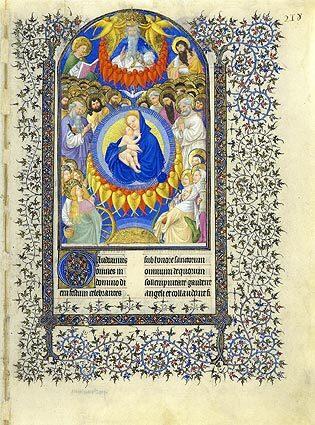
“Heavenly Host.” (Metropolitan Museum of Art / J. Paul Getty Museum)
Advertisement
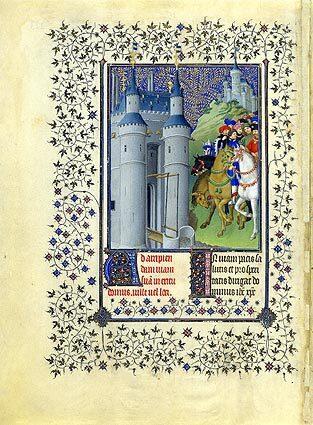
“The Duke of Berry on a Journey” is one of two works by the Limbourg brothers in which their patron, the duke, appears --- here on a white horse. (Metropolitan Museum of Art / J. Paul Getty Museum)
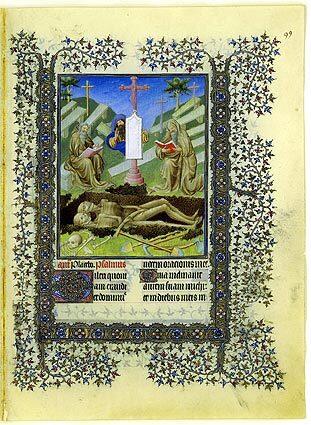
This mysterious cemetery scene accompanies a section of the “Belles Heures” known as the Office of the Dead. In the picture, a prophet emerges from behind a crucifix and gestures toward figures in a grave. The figures appear not to have been buried yet, though they have decomposed. The meaning is unclear. (Metropolitan Museum of Art / J. Paul Getty Museum)







